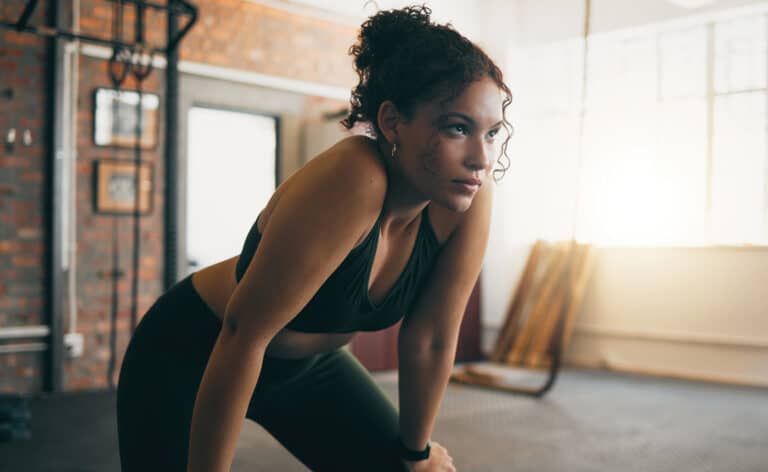DEAR MAYO CLINIC: Six years ago, at age 37, I was diagnosed with breast cancer and had a lumpectomy. I remained cancer-free until nine months ago, when the cancer returned. This time, I opted for a double mastectomy without reconstruction. If I decide to have breast reconstruction down the road, are my options limited since I didn’t have it done right away? What type of reconstruction would you recommend for someone like me?
ANSWER: In general, breast reconstruction surgery falls into two categories. The first involves using a woman’s own tissue taken from another area of the body to form new breast mounds. This is called autologous breast reconstruction. The second uses breast implants to reshape the breasts.
If you decide to have breast reconstruction at some point, the standard treatment option based on your history would be autologous reconstruction. It would offer you the best chance for a successful outcome with the lowest risk of complications.
In most cases when women have a lumpectomy to treat breast cancer, they also undergo radiation therapy to the chest wall. Radiation can damage skin, making it firmer, tighter and less flexible than skin that has not received radiation. Implant surgery requires use of expanders that gradually stretch the skin and tissue over your chest to make room for the implants. Radiated skin does not stretch easily, so using tissue expanders in women who’ve had chest-wall radiation can be difficult.
Another reason autologous reconstruction would be a better option is that you chose not to have reconstruction right away. When breast reconstruction is done immediately, the surgeon performing the mastectomy typically leaves a flap of skin that can be used to help reshape the breast. When no reconstruction is planned, the surgeon doesn’t leave any extra skin. Without the skin flap, it’s more difficult to reconstruct the breast area in a way that allows for an implant.
It’s important to also understand, though, that autologous breast reconstruction is a complex surgery. During the procedure, the surgeon transfers a section of skin, muscle, fat and blood vessels from one part of your body to your chest. The tissue most often comes from the abdomen, but it can also be transferred from the back, buttocks or inner thighs. The skin and tissue may need to be supplemented with a breast implant to achieve the desired breast size. The entire procedure can take up to 10 hours or more.
Some women don’t want to undergo a surgery as invasive as autologous reconstruction. If that’s the case for you, but you decide you still want breast reconstruction, another option may be available. In some cases, women who have skin damaged by radiation may be able to get breast implants if the chest skin is carefully prepared prior to surgery.
The preparation may involve receiving a type of treatment that can improve the quality of radiated skin, called hyperbaric oxygen therapy. Surgical preparation may also include a liposuction procedure that takes fat from another area of the body and puts it into the radiated area. This creates a more pliant, softer skin envelope for the implant, as well as a thicker fat layer beneath the skin, under which the implant can be placed.
Using this type of preparation for breast implant surgery is not common, and it’s not widely available. The rate of complications and implant failure with this technique is higher than autologous reconstruction. There has been success with this procedure, however, and it can be an effective option when performed by an experienced plastic surgeon that specializes in breast reconstruction.
If you decide you want breast reconstruction, the best first step is to meet with a plastic surgeon to discuss your individual circumstances and review all your options. Together, you can decide on the right choice to fit your needs. — Steven Jacobson, M.D., Plastic Surgery, Mayo Clinic, Rochester, Minn.
(Mayo Clinic Q & A is an educational resource and doesn’t replace regular medical care. E-mail a question to MayoClinicQ&A@mayo.edu. For more information, visit www.mayoclinic.org.)










